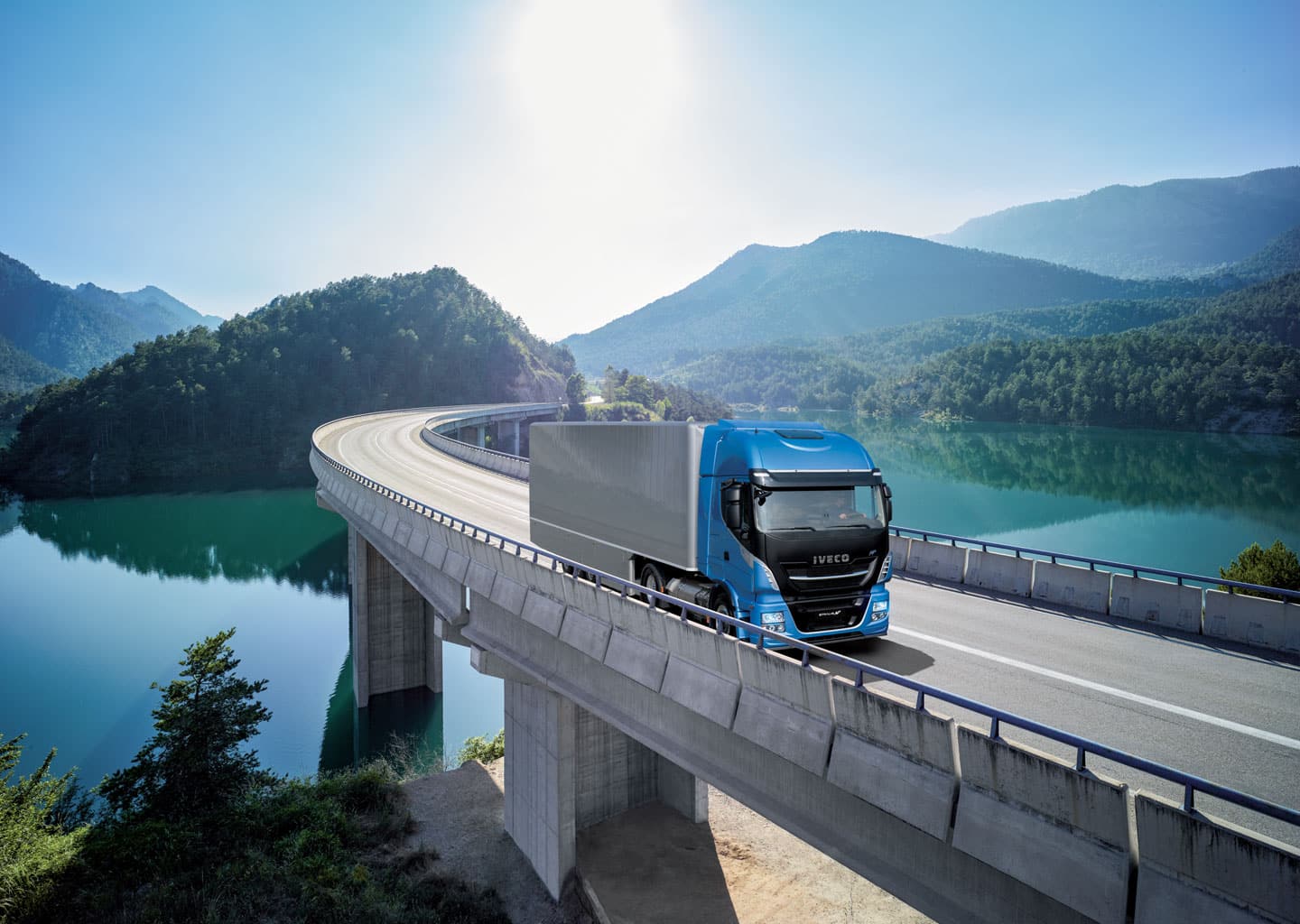
EU boosts biomethane as future fuel for HGVs
New rules seek to stimulate demand for low-carbon technologies
Emissions from freight must be cut by 30% by 2030
Biomethane can cut well-to-wheel emissions by 95%
The European Union has introduced new rules for freight transport, to stimulate investment in low carbon technologies including biomethane.
Hauliers have been told that average CO2 emissions from new lorries must be 15% lower than 2019 by 2025 and at least 30% lower by 2030 (subject to review in 2022).
Lorries, buses and coaches produce around a quarter of CO2 emissions from road transport in the EU and around 6% of the EU’s total CO2 emissions. Yet they account for less than 5% of vehicles on the road.
The EU says the new rules will reduce carbon emissions by 54 million tonnes between 2020-2030, the equivalent of the total annual emissions of Sweden.
Miguel Arias Cañete, the EU’s commissioner for climate action and energy, said the new measures will help the EU achieve its goal of cutting overall greenhouse gas emissions by 40% by 2030.
“The new targets and incentives will help tackle emissions, as well as bring fuel savings to transport operators and cleaner air for all Europeans,” he said. “For the EU industry, this is an opportunity to embrace innovation towards zero-emission mobility and further strengthen its global leadership in clean vehicles.”
Policymakers hope the new standards for freight will help stimulate demand for low-emission truck technology, including those running on battery power and biomethane.
Pierre Lahutte, Brand President of Iveco, the truck builder, welcomed the move, saying, “We have long seen natural gas as the mature technology that can deliver dramatic emissions reductions, with 90% less NO2 and 99% less PM. With biomethane, it can cut well-to-wheel CO2 emissions by up to 95%.
“Gas is indeed enabling a seamless transition to full transport decarbonisation when biomethane is produced through organic waste anaerobic digestion, which is also returning compost and nutrients to the soil, actually fixing carbon as organic matter for a negative carbon footprint.”

